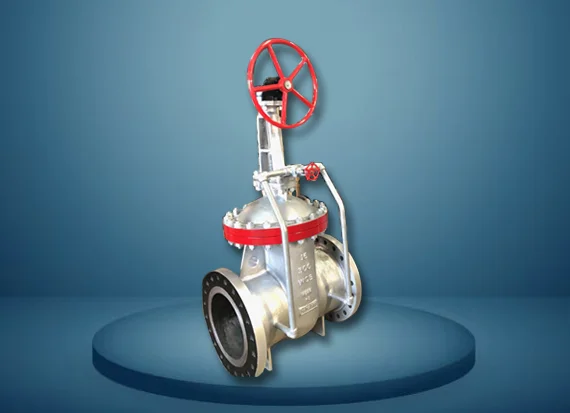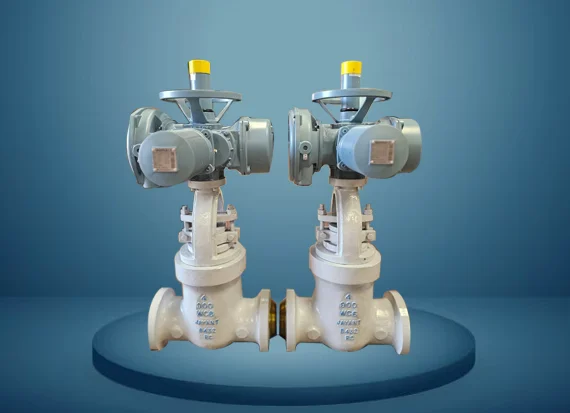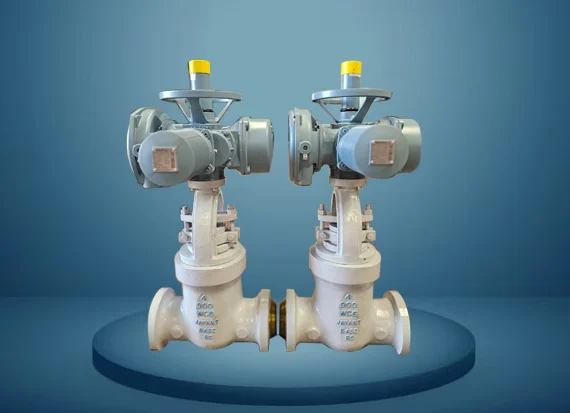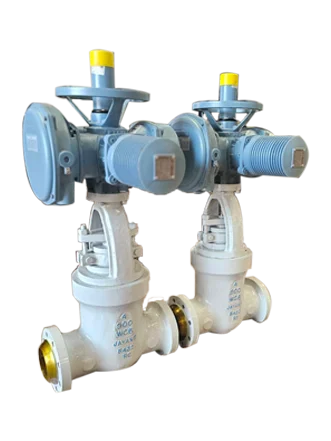FAQ's Of Steam Valve
1. What is a steam valve? +
A steam valve is a mechanical device used to control the flow, pressure, or direction of steam in piping systems. They are commonly used in industrial boilers, power plants, and HVAC systems.
2. How does a steam valve work? +
Steam valves operate by opening, closing, or partially obstructing passageways in the valve body to control steam flow. Actuation can be manual (handwheel/lever), electric, pneumatic, or hydraulic.
3. What are the main types of steam valves? +
Common types include gate valves, globe valves, ball valves, butterfly valves, pressure relief valves, and control valves. Each type serves a specific purpose based on flow control needs.
4. Where are steam valves typically used?+
Steam valves are used in industries such as power generation, manufacturing, food processing, chemical plants, and HVAC systems. They are commonly found in boilers, steam lines, and heat exchangers.
5. What are common problems with steam valves?+
Issues include leakage, jamming due to debris or scale, worn seals, improper sealing, and actuator failure. Regular inspection and maintenance can prevent most problems.





